Why has a legitimate email ended up in spam?
Here at Kimbley IT, our customers sometimes ask us why important emails have been delivered straight into the spam mailbox.
Why does this happen? Spam filters are used to protect you and your business from scams and other junk that clutters your inbox and wastes your time. So, if your sender’s message looks like junk, it will be treated like junk.
And almost invariably, messages are classified as spam because of something your contact is doing wrong. There is a very real chance that one of the following four reasons is why their mail goes “missing”:
A badly configured mail server
In order to prove the legitimacy of outgoing messages, an email server needs to be configured correctly. Spammers use a technique known as “spoofing” to make it appear that their emails have come from a genuine company – this means that messages from spammer@myspammyco.net appear as john@microsoft.com or other official sounding business.
To prevent this, your sender needs three additional records set up for their mail domain DNS settings – an SPF record, a DKIM record and a DMARC record. Essentially, these settings help to prove that an email has not been spoofed, that the sender really is who they say they are. Check out our post on avoiding email configuration problems if you want to know more about the technical details involved.
If emails from a specific client keep getting blocked by your spam filter, there’s a very good chance that their mail server has not been configured with these settings. In which case you need to point them back to their IT support team for further help.
Because if mail to you is being blocked by spam filters, it’s being blocked by their other customers too.
Spammy language
Spam filters analyse the text contained in both the subject line, body of messages and underlying code for certain keywords that are typically used by spammers. If an incoming message contains too many of these suspect phrases, it will almost certainly get canned automatically.
There are hundreds of ‘dodgy’ phrases to avoid, including ‘buy direct’, ‘additional income’, ‘work from home’, ‘one hundred percent free’ and ‘lower interest rate’. You can find an extensive list of these keywords over at Active Campaign.
If your customer is prone to using these terms, they could be consigning their own mail to the bin. Try forwarding them the Hubspot link and encouraging them to reconsider their choice of words in future.
Marketing like a spammer
As emails travel across the internet, they pass through spam filters operated by various organisations. These filters analyse web traffic, looking for patterns that indicate a message is part of an unsolicited mass email campaign – aka spam.
If these filters identify an unsolicited marketing campaign is underway, the sender’s domain name is added to a blacklist that is used by ISPs to block spam. Anti-spam services – like those used for Gmail – use these blacklists to improve their own filtering, automatically rejecting any emails from a domain on the list.
If your customer’s marketing department is sending spammy mail shots, they may also be condemning legitimate email to the spam folder. Obviously, this is not your fault – your contact will need to look at their internal processes instead.
Using ‘free’ email addresses
Many of the messages that clog your spam folder are sent from free email accounts – yahoo.com, hotmail.com, gmail.com etc. Using the email systems provided, it costs almost nothing to run a spam/malware campaign.
As a result, many corporate spam filters regard free addresses with a degree of suspicion. Mixing dodgy keywords and free email addresses will almost certainly result in email being discarded.
How to help your contacts
As you can see, each of these issues is self-inflicted, either through poor choices or bad practices. To avoid problems in future, your customer needs to seriously reconsider how they do email – perhaps you should point them in our direction so we can help them benefit from Gmail, too?

